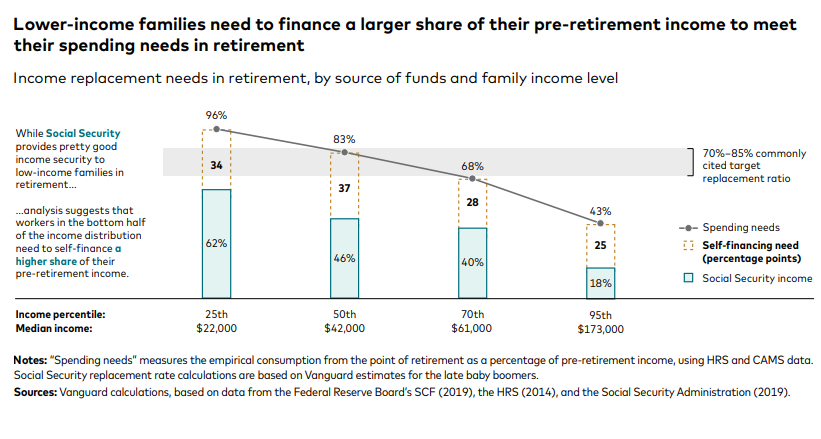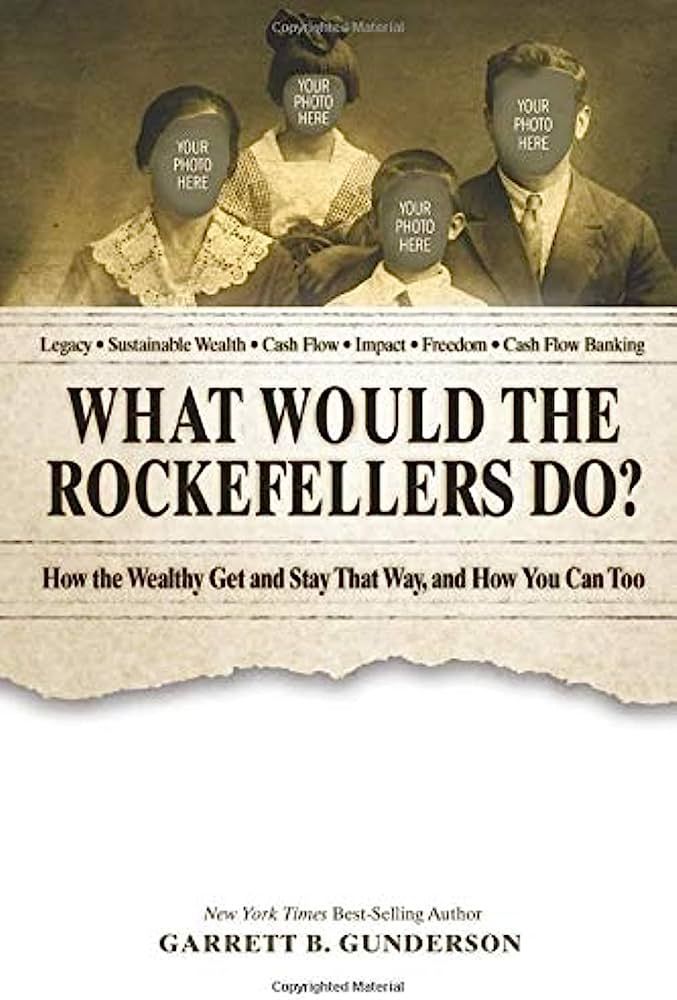Your Millionaire Baby
How The Rich Create Generational Wealth

Today let’s talk about generational wealth. How do the rich both maximize their income and lifestyle AND pass on even more wealth to the next generations?
The answer “life insurance” is probably not the one you expected. However thanks to the tax free treatment of investments inside a life insurance policy you can now leave a million dollar legacy to your children for as little as just $100 per month.
Let's look at how that might work.
Just after your baby is born you take out an Indexed Universal Life (IUL) insurance policy for them and contribute $100 per month. The initial death benefit is a little shy of $200,000 but set to increase over their life.
By age 25, you have contributed $28,800. At this point you can take a Tax-Free policy loan distribution of around $60,000 to give to your child for their 25th birthday to be used for any purpose – could be to pay off student debt, for deposit on a house, purchase a car, all of the above – anything.
Your child then takes over contributing to the policy $100 per month until age 65.
By age 65, the total contribution to the policy is $78,000 = $28,800 by you and $49,200 by your child.
During this time the death benefit has been gradually increasing each year to reach over $1MM by the time they turn 64.
At age 65 they stop contributions and start taking income instead. The expected annual income they could draw is just shy of $98,000 per year (over $8000 per month) completely Tax-Free. Whilst still leaving an extremely sizable death benefit for their heirs when they pass of between $500K to $1MM, depending on age and amount of income withdrawn at the time of passing.
If your child were to live to age 90 they would have taken over $2.5MM in Tax-Free income ($3.5MM if they live to age 100) from the policy that had a total cost of $78,000. A 321% (449%) return on investment, not even including the $500K to $1MM death benefit that is left for their heirs which pushes the ROI up to 378% if they pass at age 90.
If you are interested in creating your own millionaire baby, feel free to reach out for a free consultation
and we can run some illustrations and scenarios for your family’s generational wealth building strategy.

Imagine having your own personal bank. A bank where you’re the depositor, the borrower, and even the lender. Sounds too good to be true, right? Well, this concept is very real and incredibly powerful. It’s called Infinite Banking, and it’s made possible by something called a cash value life insurance policy.
Now, don’t worry—if you’re not familiar with financial jargon, I’m going to break it down for you in simple terms.

The 401(k) plan, a familiar term in American retirement planning, has undergone significant changes since its inception. While it’s known for helping employees save for retirement, there's more to its story. This article aims to unpack the various aspects of 401(k) plans, examining the roles of fees, employer contributions, government taxation, and more.

Who said retirement was supposed to be a countdown to just sipping lemonade on the porch? In today's fast-paced world, it's about so much more. It's travel, leisure, hobbies, and yes, even those unexpected costs that sneak up on us. Traditional views of retirement savings? They're evolving, and it's high time we step into the new age of planning for those golden years.

The process of purchasing life insurance essentially involves transferring risk from you to an insurance company. You're passing off the risk of your life, income, and the financial well-being of your loved ones being impacted by your death, critical injury, terminal illness, or chronic illness to the insurance company. In return, if the unfortunate event covered by your policy occurs, the insurance company steps in to provide financial compensation as agreed upon in your policy. This financial safety net ensures that your family's financial future remains secure even if you're no longer there to provide for them.


